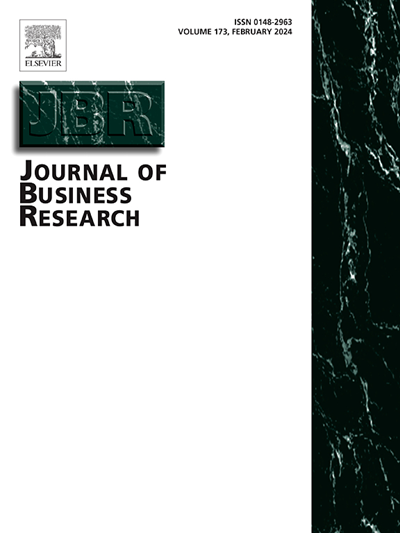探索人工智能支持的工作场所包容性的分类框架和流程模型
IF 9.8
1区 管理学
Q1 BUSINESS
引用次数: 0
摘要
本研究开发了一个分类框架和过程模型,以解释人工智能(AI)如何通过人力资源管理(HRM)实践重塑工作场所的包容性。我们使用Nickerson等人(2013)分类法发展框架提供的混合归纳-演绎方法分析了25项实证研究。由此产生的分类法根据其战略目标、人类与人工智能交互的类型、包含类型、评估方法和缓解策略对启用人工智能的人力资源管理实践进行分类。我们通过一个流程模型扩展了这一分类法,该模型说明了不同形式的人工智能代理(从辅助到自动化)如何塑造包容性结果,并需要不同的缓解策略。我们的分析显示,在这种背景下,人工智能支持的工作场所包容性出现了三个相互关联的维度:工作包容性(个人体验)、工作包容性(组织氛围)和工作包容性(人类与人工智能互动)。通过将人工智能机构与不同形式的包容和量身定制的缓解策略联系起来,本研究推进了对人工智能支持的包容的理论理解。它还为在人力资源管理实践中实施人工智能的组织提供了可操作的指导,同时保障了工作场所的包容性。本文章由计算机程序翻译,如有差异,请以英文原文为准。
A taxonomy framework and process model to explore AI-enabled workplace inclusion
This study develops a taxonomy framework and a process model to explain how artificial intelligence (AI) reshapes workplace inclusion through human resource management (HRM) practices. We analyze 25 empirical studies using a hybrid inductive–deductive method informed by Nickerson et al.’s (2013) taxonomy development framework. The resulting taxonomy classifies AI-enabled HRM practices according to their strategic goals, types of human-AI interaction, inclusion typologies, evaluation methods, and mitigation strategies. We extend this taxonomy with a process model that illustrates how different forms of AI agency – ranging from assisting to automating − shape inclusion outcomes and require differentiated mitigation strategies. Our analysis reveals three interconnected dimensions of AI-enabled workplace inclusion emerge in such contexts: inclusion in work (individual experiences), inclusion at work (organizational climate), and inclusion of work (human-AI interaction). Each dimension demands distinct context-sensitive mitigation strategies depending on the level AI agency involved By linking AI agency to differentiated forms of inclusion and tailored mitigation strategies, this study advances theoretical understanding of AI-enabled inclusion. It also offers actionable guidance for organizations implementing AI in HRM practices while safeguarding workplace inclusion.
求助全文
通过发布文献求助,成功后即可免费获取论文全文。
去求助
来源期刊

Journal of Business Research
BUSINESS-
CiteScore
20.30
自引率
10.60%
发文量
956
期刊介绍:
The Journal of Business Research aims to publish research that is rigorous, relevant, and potentially impactful. It examines a wide variety of business decision contexts, processes, and activities, developing insights that are meaningful for theory, practice, and/or society at large. The research is intended to generate meaningful debates in academia and practice, that are thought provoking and have the potential to make a difference to conceptual thinking and/or practice. The Journal is published for a broad range of stakeholders, including scholars, researchers, executives, and policy makers. It aids the application of its research to practical situations and theoretical findings to the reality of the business world as well as to society. The Journal is abstracted and indexed in several databases, including Social Sciences Citation Index, ANBAR, Current Contents, Management Contents, Management Literature in Brief, PsycINFO, Information Service, RePEc, Academic Journal Guide, ABI/Inform, INSPEC, etc.
 求助内容:
求助内容: 应助结果提醒方式:
应助结果提醒方式:


